Shape-shifting is the future of smartphones
Our devices need to become more flexible — literally
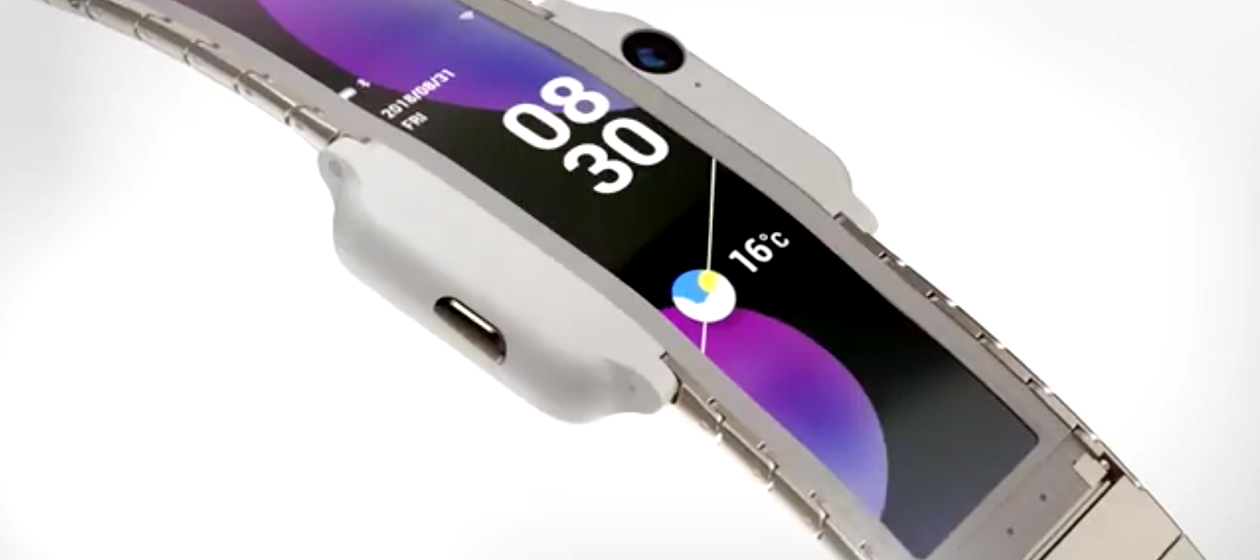

The success of the smartphone is utterly unprecedented. Billions of them have been sold and, at this point, they're nearly impossible to live without. But that doesn't mean smartphones are particularly interesting. In fact, they're downright boring. Even the most recent, technologically advanced devices elicit a few yawns. The new Samsung or Apple device may have a camera and more gigs of RAM than you know what to do with, but also: Who cares?
This is just the way with technology: What was once mind-bendingly novel quickly becomes pedestrian. And because smartphones are everywhere, they've started to feel commonplace.
When something is so firmly entrenched in our everyday lives, it can be hard to envision what might succeed it. But if you're paying attention, you may be able to spot a few clues. Samsung hinted recently that it may release a foldable smartphone with a flexible display later this year. And Chinese manufacturer Nubia demonstrated a wearable smartphone that wraps around a user's wrist. Both ideas suggest that the smartphone won't be entirely replaced by a single, entirely novel product. Instead, our future devices will be smartphone-adjacent. They'll improve on our existing smartphones by being more adaptable, capable, and portable. They might even be shape-shifters.
The Week
Escape your echo chamber. Get the facts behind the news, plus analysis from multiple perspectives.

Sign up for The Week's Free Newsletters
From our morning news briefing to a weekly Good News Newsletter, get the best of The Week delivered directly to your inbox.
From our morning news briefing to a weekly Good News Newsletter, get the best of The Week delivered directly to your inbox.
Why change the smartphone at all? Contemporary devices are immensely powerful and can be many things, from sophisticated cameras to virtual reality tools. But that very power can be its own source of frustration. Carrying around a modern smartphone is a bit like owning a sports car in a city: Sure it's fast, but you can't really ever open up the throttle and take advantage of that speed. Similarly, a new iPhone might technically be as powerful as a laptop, but its form factor — a small touchscreen — limits how you might use it. There is room in the marketplace for a device that combines both power and versatility.
That's why the prospect of a foldable smartphone is more than mere gimmick. According to CNBC, Samsung's mobile chief DJ Koh suggested the device would have a continuous, flexible screen that opens up like a notebook. According to earlier concept videos, such a device might have a screen on its front, so it functions like a normal smartphone when folded, and also a larger screen on its inner surface that expands when unfolded.
This idea evokes an earlier concept from Microsoft called "The Courier," which attempted to evoke the novel idea of a "digital notebook." On such a device, you might scribble ideas or sketches with a stylus pen, flip through news, or type out emails, with the option to open it up for more space if you need it. This is a great idea. Size, more than anything, is what often hampers the smartphone as a productivity device, so a foldable display is one way to overcome that problem.
Of course, sizing isn't the only way to innovate when it comes to the smartphone. Recently at IFA 2018, an annual consumer electronics show in Berlin, Chinese company Nubia showed off a prototype of a wrist smartphone. Unlike, say, an Apple Watch, which is meant to be used with a smartphone, the Nubia device is a full smartphone with a flexible display that wraps around the user's wrist. Despite some real challenges with this specific device — apps would have to be specially designed for its tall screen — the idea of a full, hands-free smartphone is nonetheless compelling.
A free daily email with the biggest news stories of the day – and the best features from TheWeek.com
Both of these proposed devices rely on a flexible screen, and that isn't a coincidence. Perhaps for the next iteration of the smartphone to be more adaptable, it needs to be literally flexible. Right now, all smartphones are essentially the same rectangular slabs, and that needs to change.
Such change will likely happen slowly. The desktop computer was the dominant computing device for at least two decades before it was supplanted by first the laptop. But it won't be just one device that unseats the smartphone. Instead, it's far more likely that an array of devices will emerge for consumers with different needs — some people will want a portable sketchpad for ideas, others will want maximum productivity, others might even want less functionality to reduce distraction.
Whatever comes next for the smartphone, it will be anything but boring.
Navneet Alang is a technology and culture writer based out of Toronto. His work has appeared in The Atlantic, New Republic, Globe and Mail, and Hazlitt.
-
 ‘Stakeknife’: MI5’s man inside the IRA
‘Stakeknife’: MI5’s man inside the IRAThe Explainer Freddie Scappaticci, implicated in 14 murders and 15 abductions during the Troubles, ‘probably cost more lives than he saved’, investigation claims
-
 The UK’s best Christmas pantos
The UK’s best Christmas pantosThe Week Recommends Dive into the festive cheer, even into the new year, with some traditional favourites and modern twists
-
 The longevity economy is booming as people live longer
The longevity economy is booming as people live longerThe Explainer The sector is projected to reach $27 trillion by 2030
-
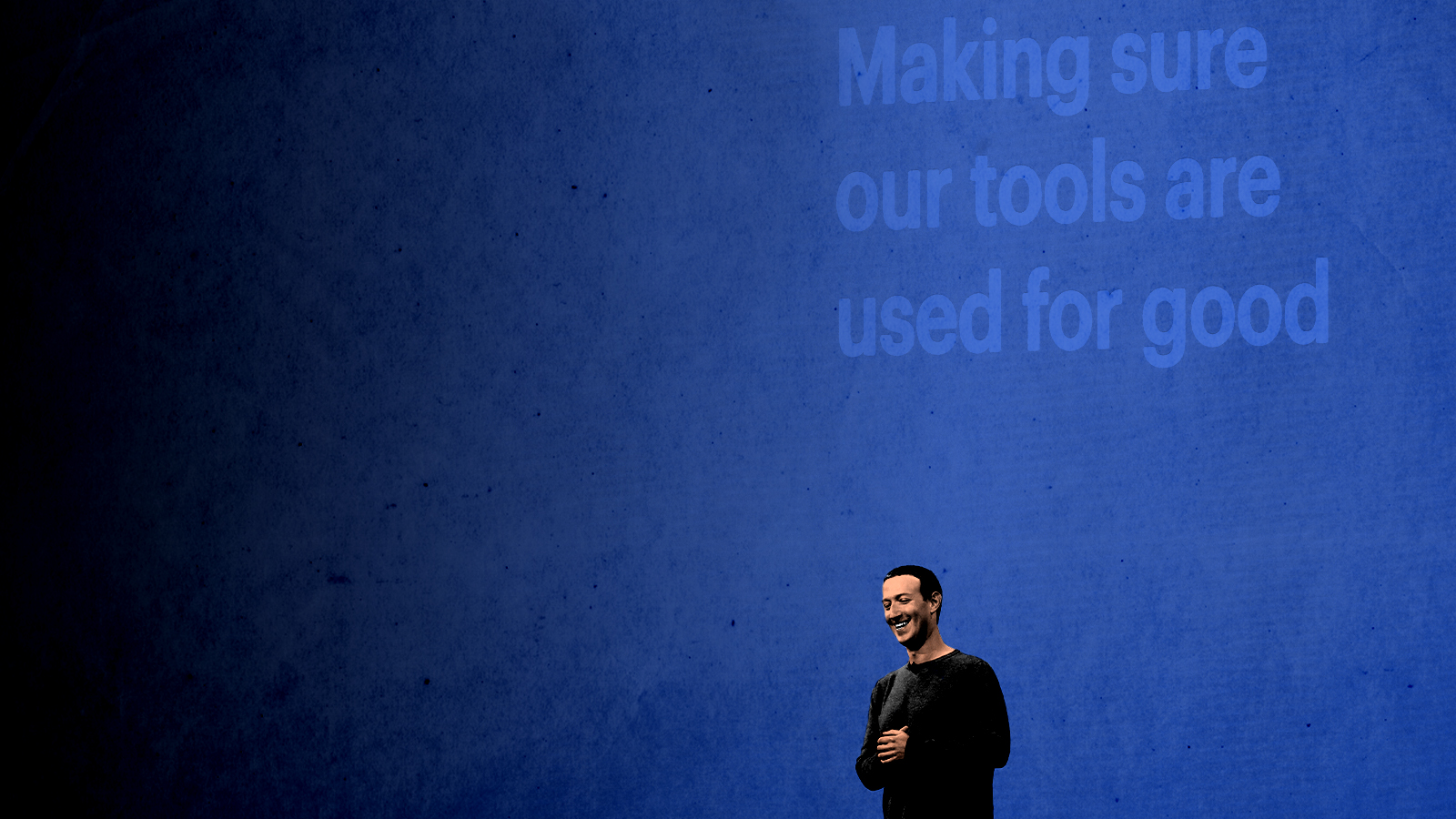 How do you solve a problem like Facebook?
How do you solve a problem like Facebook?The Explainer The social media giant is under intense scrutiny. But can it be reined in?
-
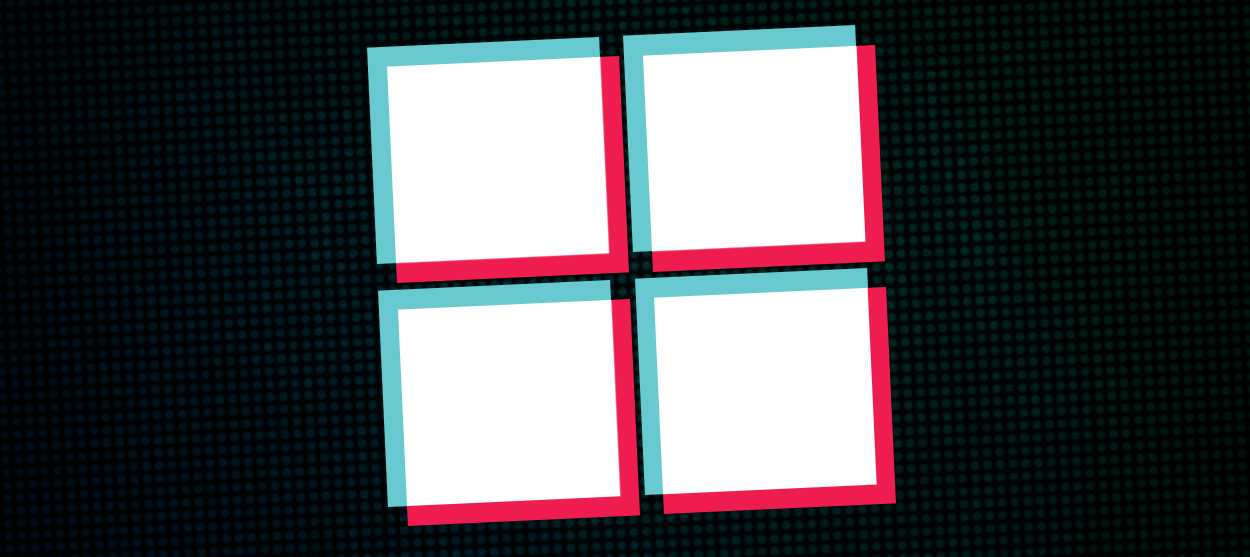 Microsoft's big bid for Gen Z
Microsoft's big bid for Gen ZThe Explainer Why the software giant wants to buy TikTok
-
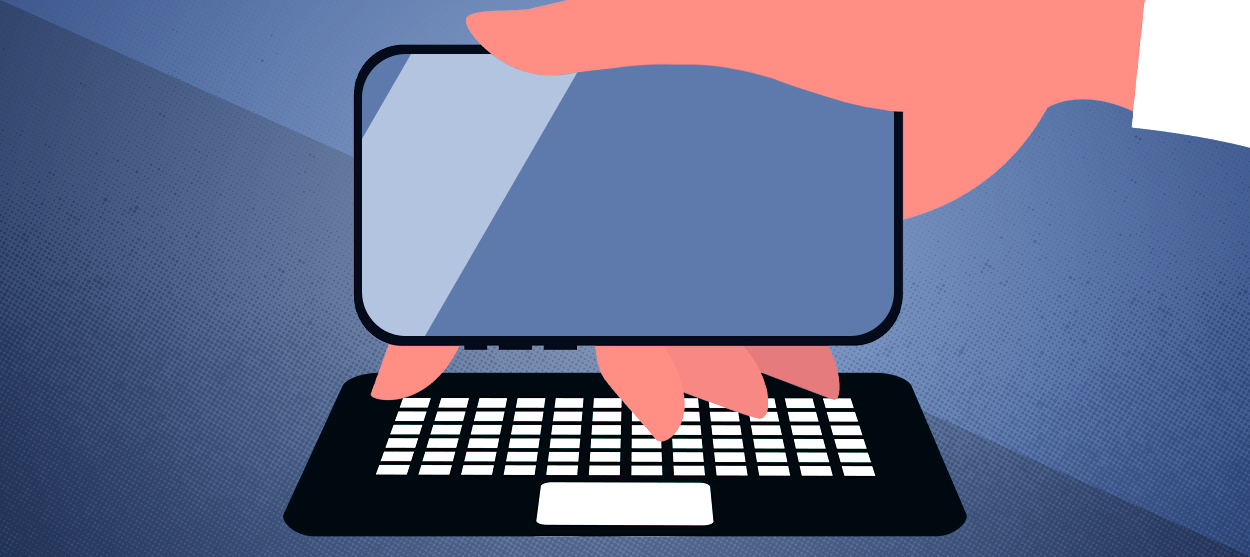 Apple is about to start making laptops a lot more like phones
Apple is about to start making laptops a lot more like phonesThe Explainer A whole new era in the world of Mac
-
Why are calendar apps so awful?
The Explainer Honestly it's a wonder we manage to schedule anything at all
-
 Tesla's stock price has skyrocketed. Is there a catch?
Tesla's stock price has skyrocketed. Is there a catch?The Explainer The oddball story behind the electric car company's rapid turnaround
-
 How robocalls became America's most prevalent crime
How robocalls became America's most prevalent crimeThe Explainer Today, half of all phone calls are automated scams. Here's everything you need to know.
-
 Google's uncertain future
Google's uncertain futureThe Explainer As Larry Page and Sergey Brin officially step down, the company is at a crossroads
-
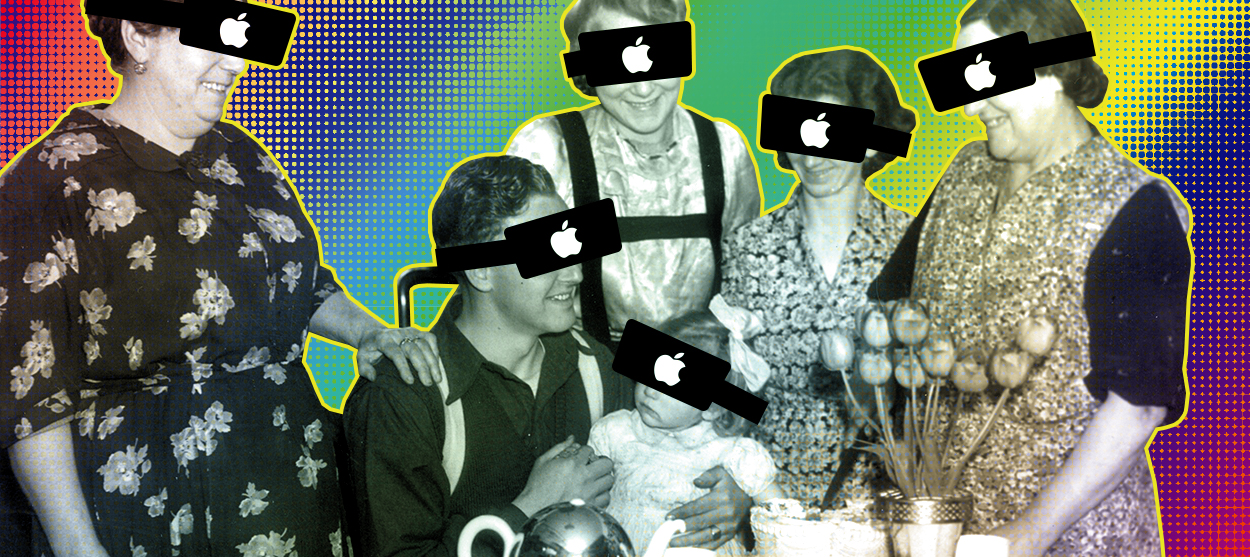 Can Apple make VR mainstream?
Can Apple make VR mainstream?The Explainer What to think of the company's foray into augmented reality
